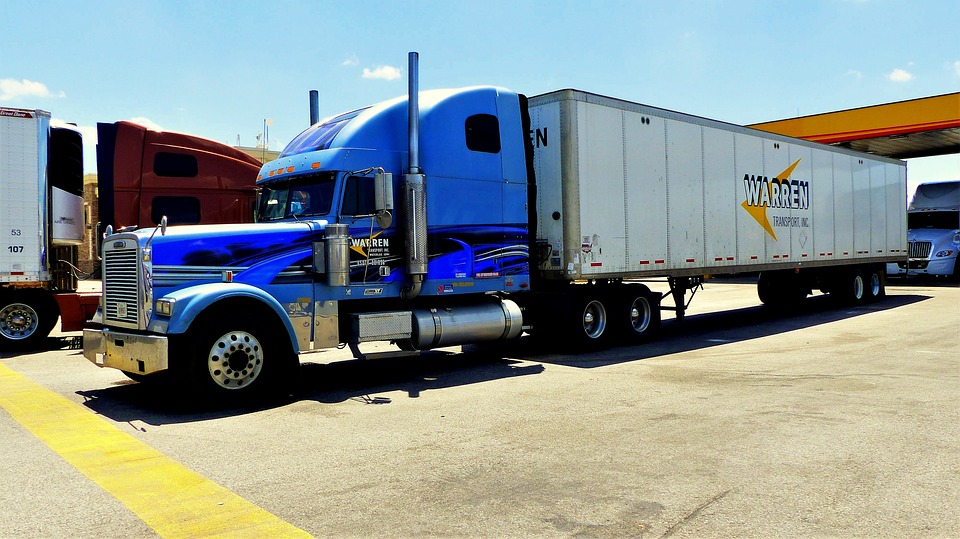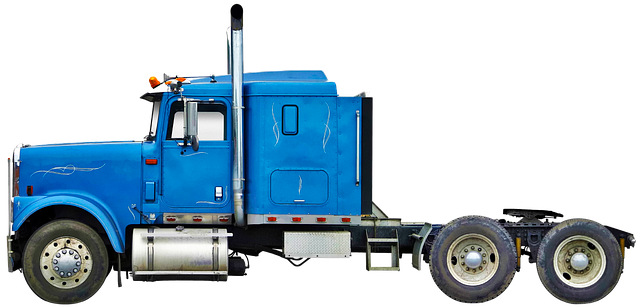Contents
– What is the correct inflation pressure?
– Where to find it on the tyre?
– Consequences of incorrect tyre pressure
– Do you over-inflate your tyres? NO
– Tyre pressure: advice
What is the proper tyre pressure?
The correct tyre pressure is the one specified by the vehicle manufacturer and the tyre manufacturers to provide the best grip, safety and load-carrying capacity.
We should be talking about inflation pressures since the recommended pressures are often different for the front and rear, especially in the case of a loaded vehicle (by definition: more weight at the rear = more pressure at the rear).
Where to find it on the tyre?

The correct inflation pressure can be found in various places: on the doorstep, in the glove box, on the back of the fuel tank flap or in the vehicle service booklet, for example.
Two types of information are often indicated: the pressures for normal use and those when the vehicle is loaded.
Consequences of incorrect tyre pressure
2/3 of motorists drive with under-inflated tyres, and this has several harmful effects:
– Loss of grip: an under-inflated tyre loses its driving precision when cornering and is more prone to hydroplaning.
– Less effective braking: when its “under-inflation” exceeds one bar, a tyre can take 10 metres longer than the same correctly inflated tyre for the vehicle to stop.
– Decreased longevity: – 0.5 bar in use = 20% fewer kilometres (this can be estimated at 6 months less life for the average driver)
– Increase in fuel consumption: when the delta exceeds 1 bar, the loss of fuel can amount to 1 full tank of petrol per year!
– Risk of a tyre blowout:
◦ the carcass of a tyre running under-inflated may be subjected to excessive stress, leading to ply failure and the risk of bursting.
A professional can observe this phenomenon by removing the tyre: marbling (folds) are then visible inside.
Should you over-inflate your tyres? NO
Putting a slightly higher pressure on your tyres to prevent under-inflation is not a solution since the same problems as those presented above will occur.
– The notable and visible difference will be in wear since an over-inflated tyre will be “pressed” against the road and will therefore tend to wear in the centre of the tread (hollow wear).
– Conversely, an under-inflated tyre will tend to sag and wear prematurely on the sides (round wear). In all cases, you should change tyres more quickly.
Tyre pressure: tips

Some rules to know:
– When cold:
◦ Tyre pressure should be checked and adjusted when the vehicle is cold, i.e. when it has not been driven for 2 hours or has been driven less than 3 km at a reduced speed.
◦ Beyond that, the heating of the tyre causes the pressure inside the tyre to increase.
– When hot:
◦ When the tyre is considered hot, it should be over-inflated by +0.3 bar compared to the pressure recommended by the manufacturer.
◦ If you measure the pressure of 2.2 bar on a hot tyre, for example, this will drop back when the tyre returns to its “resting temperature”, and the actual cold pressure will be lower than 2.2, hence the need to inflate a hot tyre more.
– Never deflate a warm tyre: too bad, you will be over-inflating and adjusting the pressure when the tyre is cold.
– Winter = +0.2 bar: outside temperatures influence the pressure inside the tyre, and it is recommended to add +0.2 bar to the pressure recommended by the manufacturers when measured in winter temperatures.
– Motorway = +0.3 bar: It is recommended to add +0.3 bar to the recommended pressure when planning a motorway journey of more than 2 hours.
– Trailers:
◦ Trailer tyres are inflated to 3 bar in the absence of a recommendation.
◦ The rear tyres of the towing vehicle must be inflated to the normal pressure +0.4 bar (unless they are inflated to the “loaded vehicle” pressure, and this is at least 0.4 bar higher than the normal pressure.





One thought on “Best Tips on Tyre Pressure”